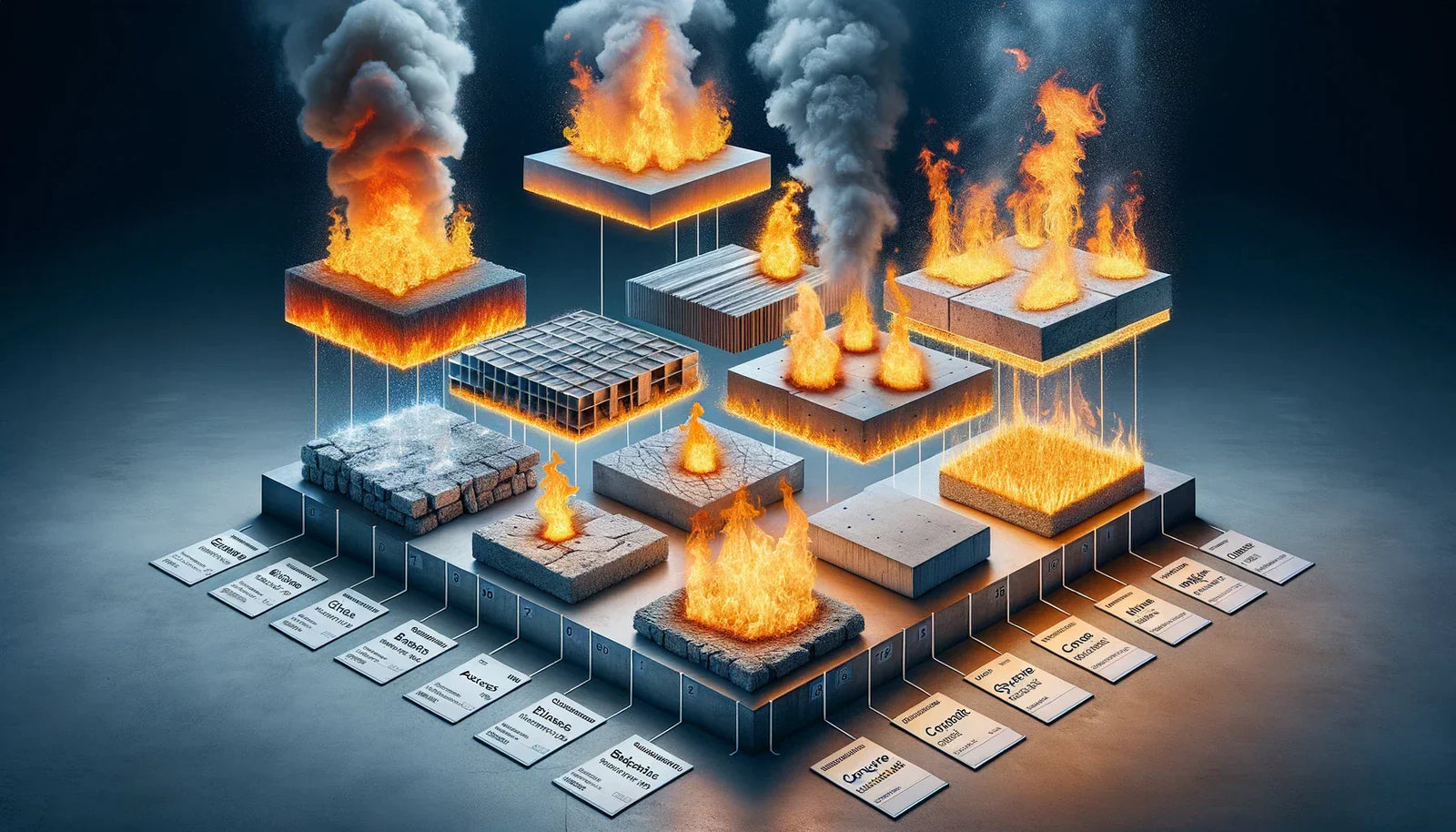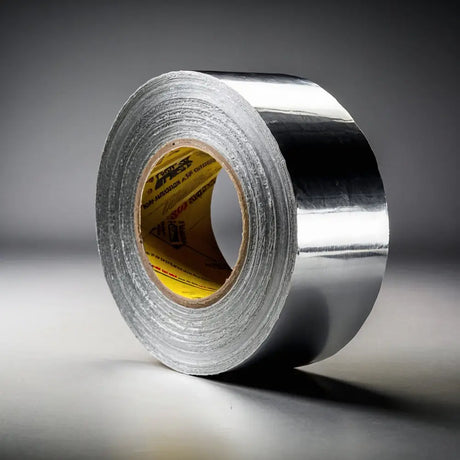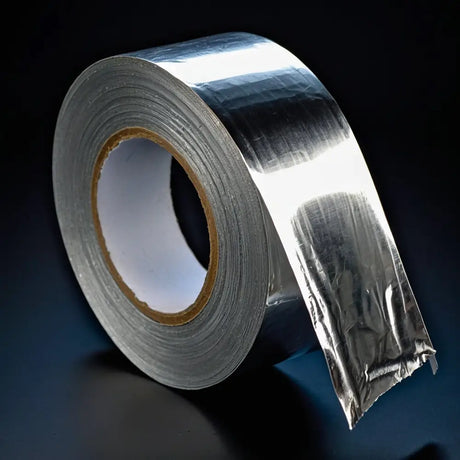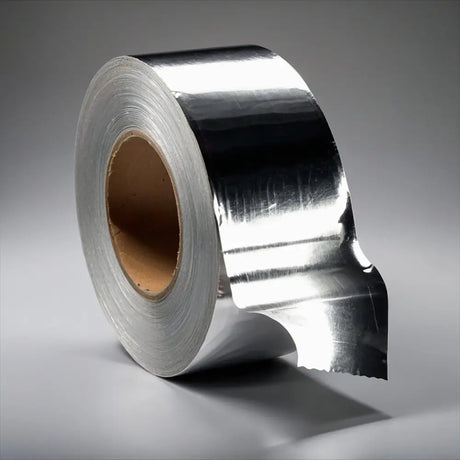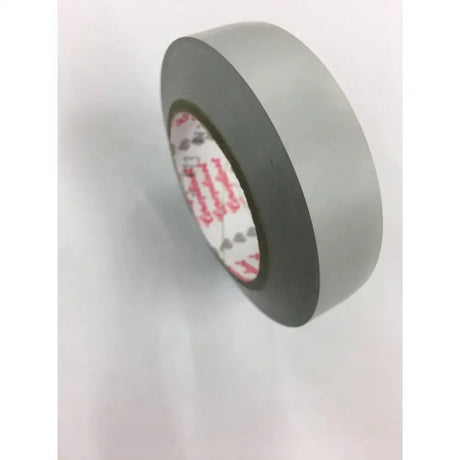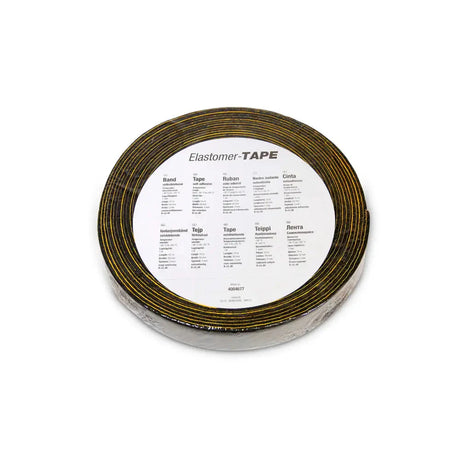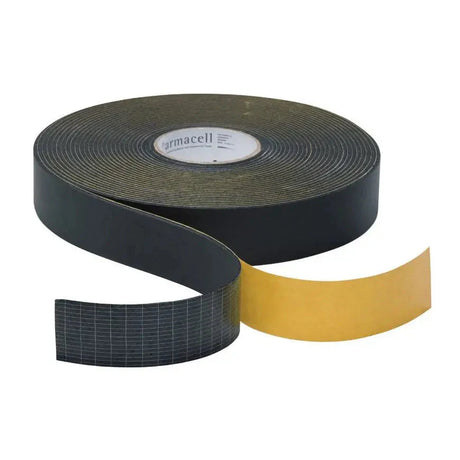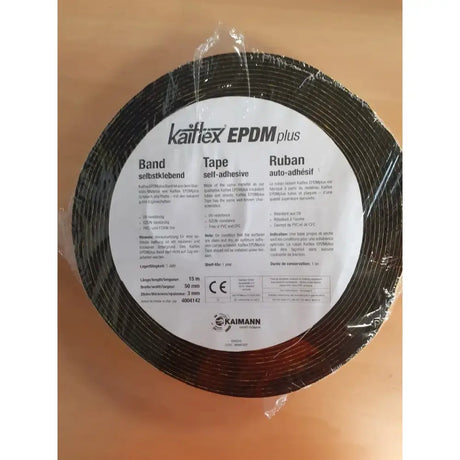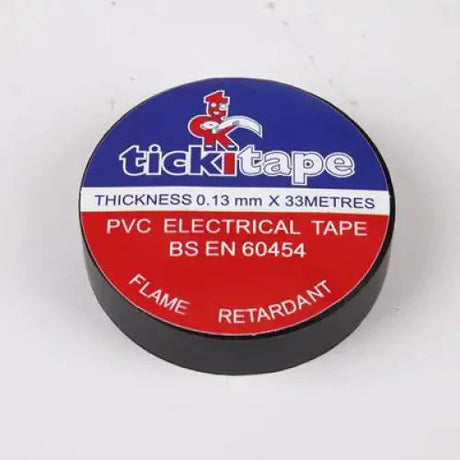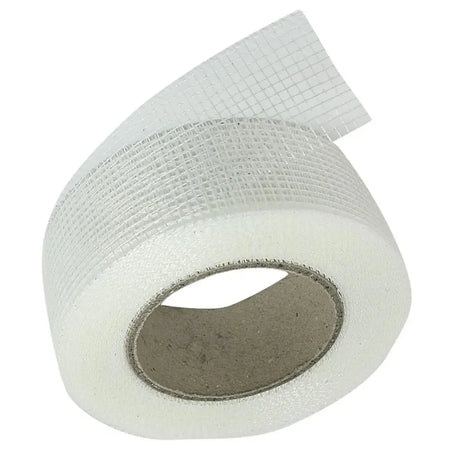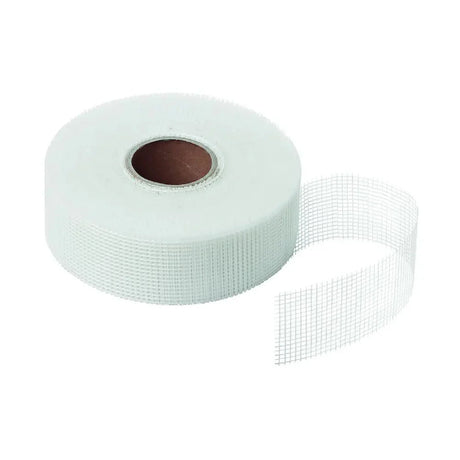Types of Fire-Resistant Materials
Introduction
When it comes to protecting lives and properties, few measures are as crucial as the use of fire-resistant materials. In the blink of an eye, fire can spread through a building, turning it into a deadly trap for its occupants. But what if the very fabric of the building could stand in the face of fire and say, 'Not today'? That's exactly what fire-resistant materials do — they slow the spread of flames, buying precious time for escape and for firefighters to do their job.
Fire-resistant materials are a class of substances that are designed to resist burning and withstand heat. They are a vital component of fire safety measures in any built environment. But how do these materials work? Well, they can be as stubborn as a Brit refusing to talk about their emotions — by either being non-combustible or by forming a protective layer that shields the underlying materials from the heat of the fire. Let's delve deeper into this fiery subject and understand the various materials that keep the flames at bay.
Passive Fire Protection
The Unsung Hero of Fire Safety
Passive fire protection (PFP) is like the goalkeeper in a football match — it's there to prevent a disaster before it even begins. PFP is an integral part of fire safety strategy, consisting of the use of built-in fire-resistant materials to contain fires or slow their spread.
Standing Tall Against the Flames
The materials used in passive fire protection are often unassuming, but they're the backbone of building safety. Some of the most common fire-resistant building materials include:
Concrete: The Strong Silent Type
Concrete is like a tough old grandad — not much fazes it, and it's been around the block enough times to know how to handle a crisis. It's inherently fire-resistant due to its non-combustible nature and its ability to maintain structural integrity under high temperatures.
Gypsum Board: More Than Just a Pretty Face
Gypsum board, also known as drywall, may seem plain, but it's got a hidden talent for fire resistance. When exposed to heat, the water molecules trapped within the gypsum turn to steam, which helps to control the spread of fire.
Fire-Resistant Glass: Seeing Through the Danger
Fire-resistant glass is a bit like a superhero's shield — transparent yet surprisingly resilient. It can withstand extreme heat without losing its integrity, allowing for safe escape routes and preventing the fire from spreading through windows.
Active Fire Protection
The Dynamic Defender
Unlike the passive approach, active fire protection (AFP) involves systems that spring into action in the event of a fire. AFP includes fire-retardant chemicals that can suppress or delay the spread of fire.
Battling the Blaze with Chemistry
Here are some types of fire-retardant chemicals that are like the secret agents of fire safety — they quietly blend into materials until it's time to spring into action:
Intumescent Coatings: The Swell Guys
Intumescent coatings are the transformers of the fire safety world — they expand when exposed to heat, forming an insulating char that protects the material underneath.
Fire-Resistant Sealants: Sealing the Deal
Fire-resistant sealants are the unsung heroes that fill in the gaps, literally. They prevent fire and smoke from creeping through the cracks and joints in a building's structure.
Fire-Resistant Textiles: Woven Warriors
Textiles might seem delicate, but when they're treated with fire-retardant chemicals, they become woven warriors, capable of withstanding high temperatures and slowing down fire spread.
Fire-Resistant Fabrics
The Fabric of Safety
Fire-resistant fabrics are not your average textiles. These materials have been engineered to resist ignition and prevent the spread of flames.
Everyday Heroes in Disguise
Suiting Up for Safety
Firefighter clothing is made from fire-resistant fabrics that can withstand intense heat and provide a vital barrier between the flames and the skin.
Safe and Stylish
Curtains and upholstery in public buildings are often made from fire-resistant textiles, ensuring that in the event of a fire, there's one less fuel source for the flames to consume.
Fire-Resistant Insulation
Keeping the Heat at Bay
Fire-resistant insulation is like a thermal flask; it keeps the hot stuff hot and the cool stuff cool. But more importantly, it protects the building's structure from the intense heat of a fire.
A Closer Look at Fire-Resistant Insulation Materials
Mineral Wool: Rock Solid Protection
Mineral wool, also known as rock wool, is made from spinning molten rock or slag into fine fibres. It's non-combustible and can withstand temperatures above 1,000°C.
Fiberglass: A Tangled Web of Safety
Fiberglass insulation is made from fine glass fibres woven into a texture that traps air, providing excellent fire resistance and thermal insulation.
Foam Glass: Bubbles Against Blaze
Foam glass might sound like a contradiction, but it's a formidable insulation material. Its closed-cell structure makes it non-combustible and a poor conductor of heat.
Fire-Rated Doors and Windows
The Gatekeepers of Fire Safety
Fire-rated doors and windows are like the bouncers of a building, keeping the unwanted guest — fire — from crashing the party.
Meeting Standards and Certifications
British Standard BS 476
In the UK, fire-rated doors and windows must meet the criteria set out in British Standard BS 476. This includes tests like exposing the doors and windows to extreme heat to see if they can stand their ground.
European Standard EN 1634
On a continental scale, the European Standard EN 1634 outlines the fire resistance performance required for doors and windows, ensuring a harmonised level of safety across Europe.
Fire-Resistant Coatings
A Shield Against Heat and Flame
Think of fire-resistant coatings as the invisible force field around vital parts of a building. When fire strikes, these coatings spring into action, providing a protective barrier against the heat.
Brushing on Safety
Cementitious Coatings: The Concrete Guardian
Cementitious coatings are like a steadfast friend who's always got your back. Made from cement, these coatings are applied to steel structures to prevent them from reaching critical temperatures during a fire.
Epoxy Intumescent Coatings: The Expanding Shield
Epoxy intumescent coatings are the secret agents of fire-resistant coatings. They lie in wait, looking like an ordinary paint, but when the heat is on, they expand to form an insulating barrier that protects the structure beneath.
Fire-Resistant Paints
Aesthetic and Safety in Harmony
Fire-resistant paints are not just about adding colour to a wall; they're about adding a layer of protection. These paints combine style with substance, offering fire resistance while maintaining the aesthetic appeal of a space.
Painting with Purpose
Steel Structures: The Skeleton's Armour
Steel might be strong, but it's vulnerable to fire. Fire-resistant paints are applied to steel structures to ensure that, in the event of a fire, the metal can retain its strength for longer.
Wood Surfaces: From Flammable to Formidable
Wood is a fuel for fire, but not when it's coated with fire-resistant paint. This paint forms a barrier that significantly slows down the ignition and spread of fire on wooden surfaces.
Fire-Resistant Sealants
The Glue that Holds Safety Together
Fire-resistant sealants are like the watchful guardians of a building's nooks and crannies. They keep the flames at bay, preventing fire from sneaking through the gaps.
A Sticky Solution to Fire Spread
Silicone-Based Sealants: Flexibility Meets Fire Resistance
Silicone-based sealants are the gymnasts of the sealant world — flexible, strong, and fire-resistant. They're used to seal joints and openings in fire-rated walls and floors.
Acrylic-Based Sealants: Painting a Safe Picture
Acrylic-based sealants may be easier on the wallet, but they're also tough on fire. They're used to fill gaps and cracks, ensuring that fire and smoke can't easily pass through.
Electrical Fire-Resistant Materials
The Unsung Heroes in the Walls
Electrical fires are sneaky, but fire-resistant electrical materials are the secret agents that keep them in check. These materials ensure that the electrical system isn't a weak link in fire safety.
Keeping the Current Safe
Fire-Resistant Cables: The Lifelines of Electricity
Fire-resistant cables are designed to maintain circuit integrity and keep the power on even when exposed to fire, which can be vital for safety systems like emergency lighting.
Fire-Rated Electrical Enclosures: The Fortresses for Electrical Gear
Fire-rated electrical enclosures are like the strongboxes of the electrical world. They protect the vital components that keep the building's electrical heart beating during a fire.
Fire-Resistant Plastics
Synthetics that Stand up to Heat
Fire-resistant plastics are the chameleons of the material world. They blend into our everyday lives but reveal their true colours when exposed to fire, refusing to burn easily.
Applications of Fire-Resistant Plastics
Electrical Components: The Sparks of Safety
Fire-resistant plastics are used in electrical components to prevent fires from starting due to electrical malfunctions.
Construction Materials: Building a Safer Tomorrow
In construction, fire-resistant plastics are used in everything from wall coverings to roofing materials, ensuring that buildings are safe from the ground up.
Fire-Resistant Coatings for Wood
The Invisible Defender of Timber
Wood is a beloved material for its warmth and natural beauty, but it's also vulnerable to fire. Fire-resistant coatings for wood act like an invisible defender, keeping the beauty intact but making it much safer.
Types of Fire-Resistant Coatings for Wood
Clear Fire-Resistant Coatings: Protect Without Concealing
Clear fire-resistant coatings for wood allow the natural grain to shine through while providing a layer of fire protection.
Intumescent Paint: The Expanding Protector
Intumescent paint for wood is like a sacrificial shield. It expands when exposed to fire, forming a foam-like layer that insulates the wood from the flames.
Fire-Resistant Composites
The Fusion of Strength and Safety
Fire-resistant composites are like the special forces of materials — a combination of different substances that come together to create something stronger and more fire-resistant than their individual parts.
Types of Fire-Resistant Composite Materials
Fibre-Reinforced Polymer Composites: The Lightweight Champions
These composites are strong, lightweight, and fire-resistant, making them ideal for use in modern aerospace and automotive applications.
Ceramic Matrix Composites: The Heat Deflectors
Ceramic matrix composites can withstand incredibly high temperatures, making them suitable for use in fire barriers and high-temperature applications like jet engines.
Fire-Resistant Building Materials
Building a Future of Safety
Using fire-resistant building materials isn't just a good idea; it's a blueprint for a safer future. From the walls to the roof, these materials serve as the first line of defence against fire.
Laying the Foundations of Fire Safety
Fire-Resistant Drywall: More Than Just a Wall
Fire-resistant drywall is like a silent sentinel for your home or office. It looks like any other wall but has the added benefit of resisting fire and preventing its spread.
Fire-Resistant Insulation: The Hidden Hero
We've already mentioned insulation, but it bears repeating — fire-resistant insulation is a key player in keeping buildings safe and slowing the spread of fire.
Fire-Rated Doors and Windows: The Exit Guardians
Fire-rated doors and windows are essential. They not only provide a means of escape but also prevent the fire from spreading to other parts of the building.
Conclusion
In the quest for fire safety, fire-resistant materials are the unsung heroes. They are the silent protectors that stand guard around the clock, ensuring that buildings are not only structures of beauty and functionality but also bastions of safety. From the foundations to the furnishings, choosing the right fire-resistant materials can mean the difference between disaster and a close call.
As our understanding of fire safety evolves, so too do the methods and materials we use to combat the threat of flames. The significance of fire safety in construction and other industries can't be overstated. It's a matter of life or death, and with the right materials, we're building a safer world, one fire-resistant brick at a time.

